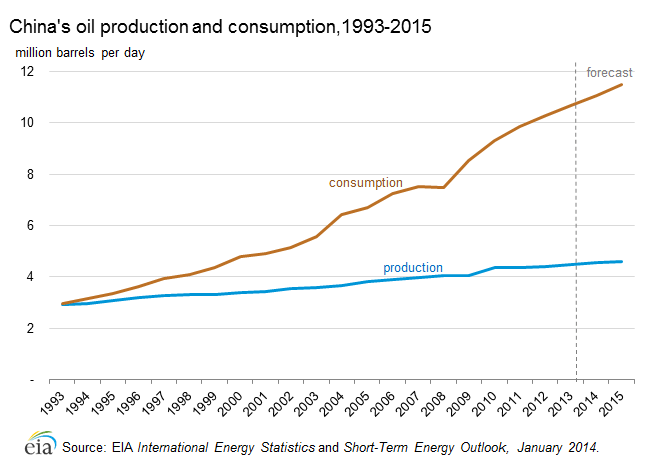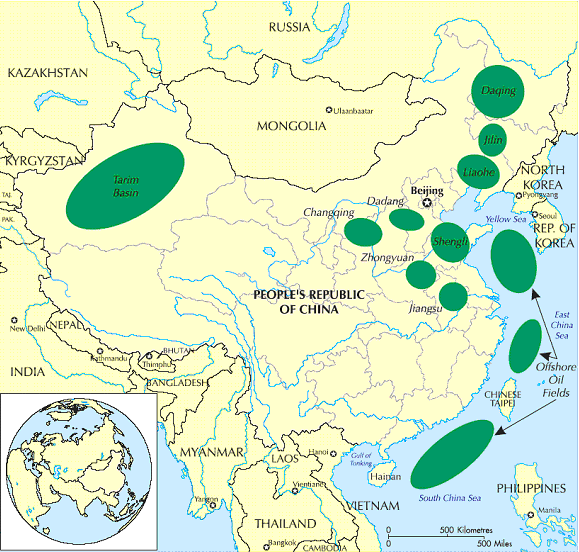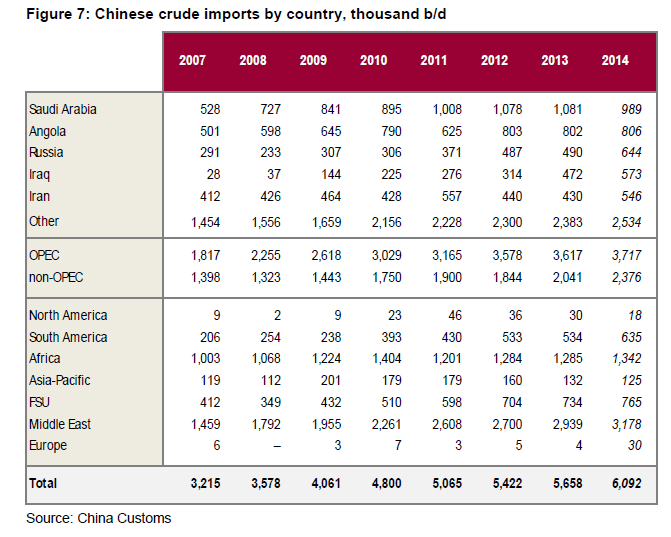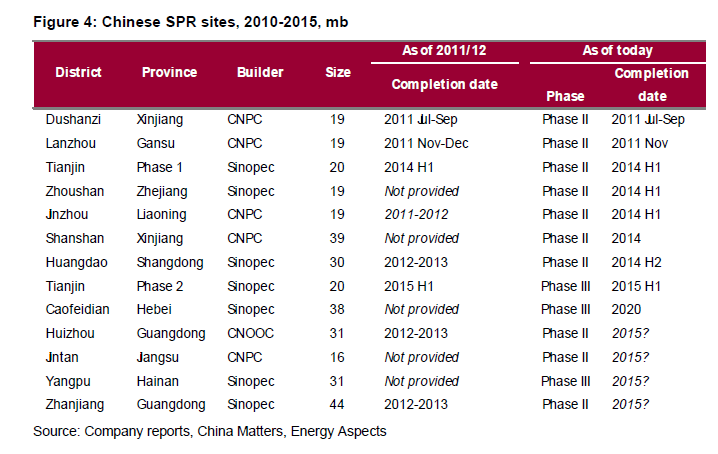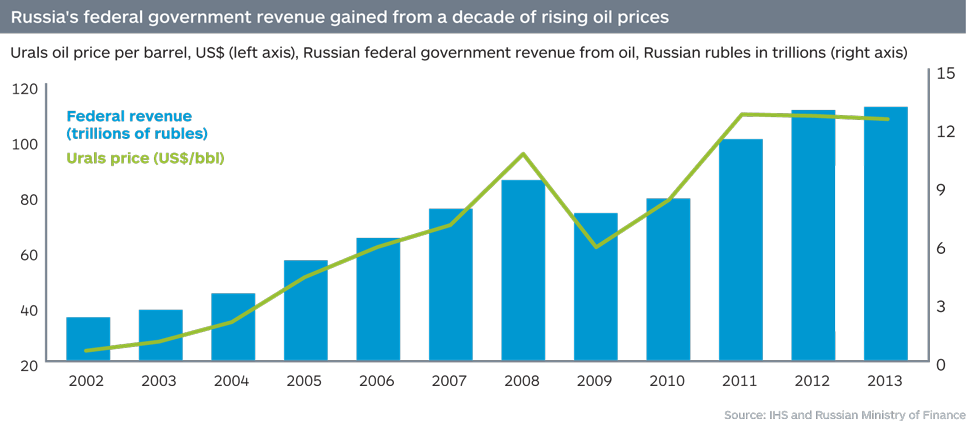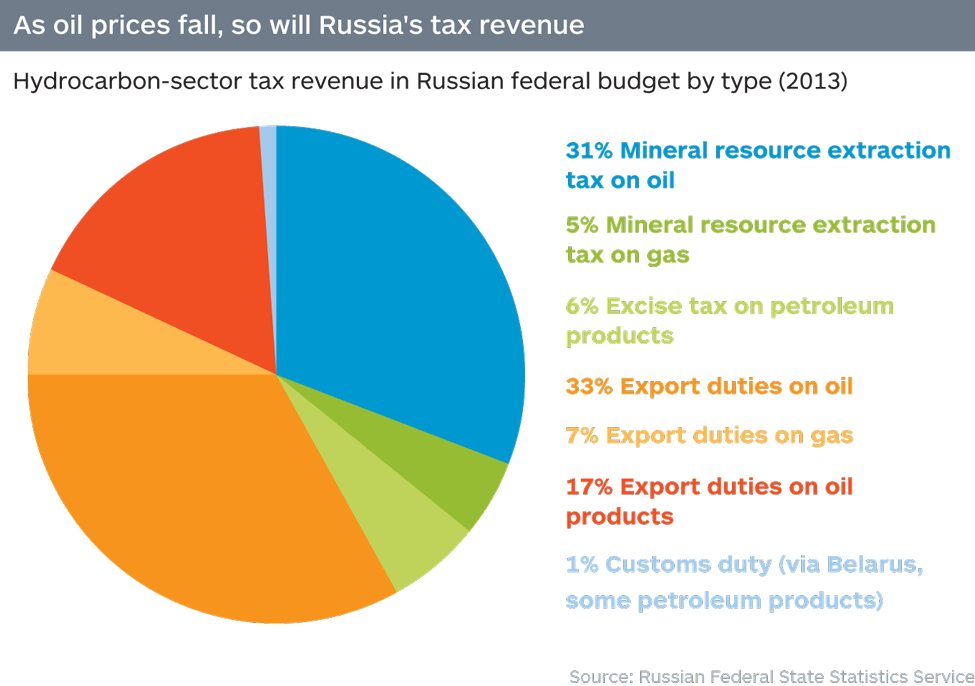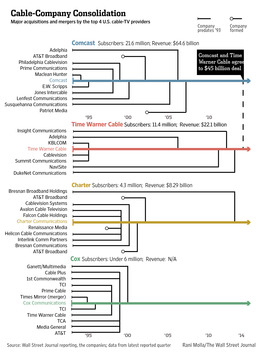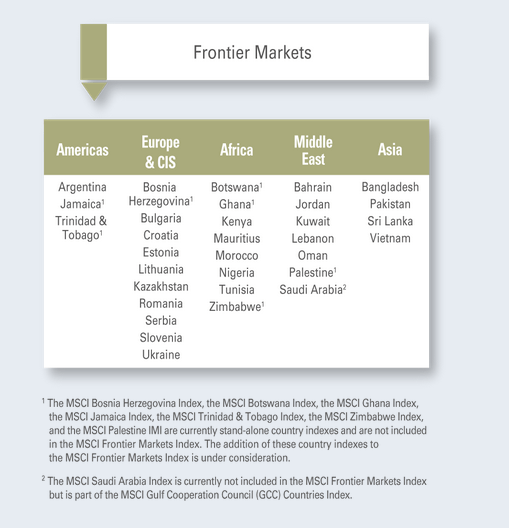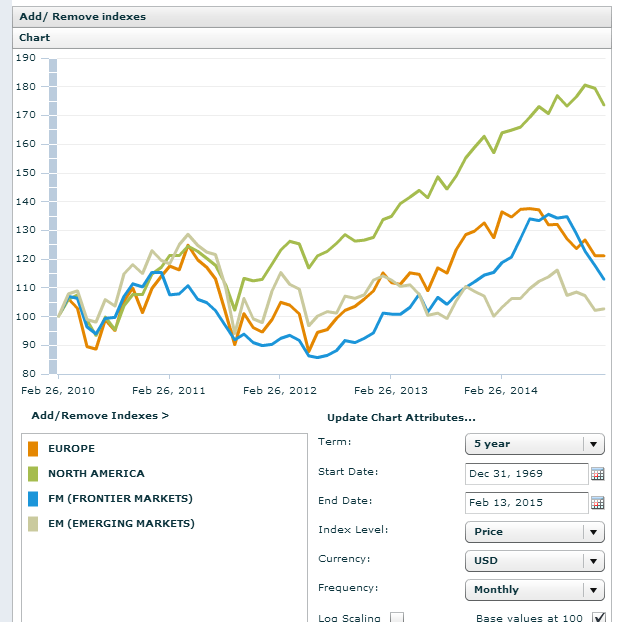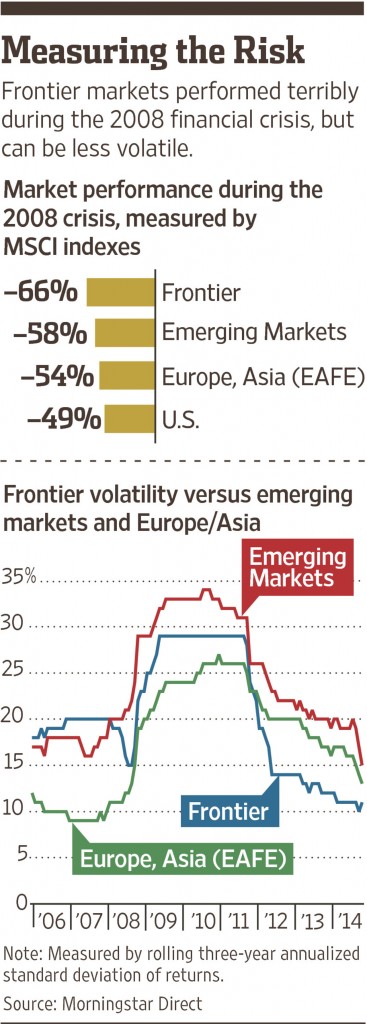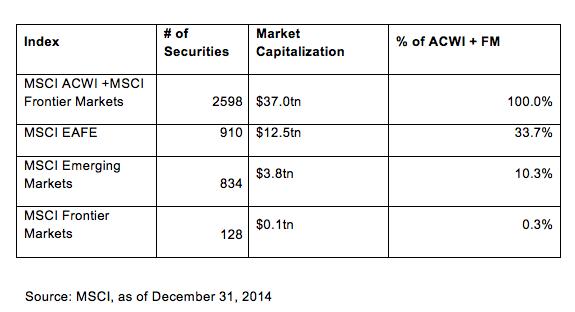China is the world’s second-largest consumer of oil after the U.S. Much of the oil consumed by China is imported making it the second largest importer of oil also. According to the U.S. EIA, China consumed about 10.7 million barrels per day in 2013.
China’s oil production and consumption
Click to enlarge
China’s largest oil fields
Source: EIA
The following table shows the latest data for Chinese crude oil imports by country:
Click to enlarge
Saudi Arabia was the top supplier of oil to China in 2014. It is surprising to see Angola was the second top exporter of oil to China. This one example shows why the Chinese are investing heavily in African countries. Russia came in third which is not surprising since the country has plenty of oil and is a neighbor to China.
Like OECD countries, China also plans to hold 90 days of forward crude oil cover.So it plans to build-out its Stategic Petroleum Reserves (SPRs) to achieve this goal. The table below shows the SPR locations and capacity:
Source: China: the ‘new normal’, The Oxford Institute of Energy Studies
